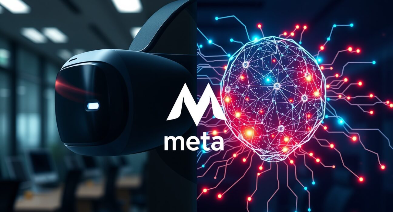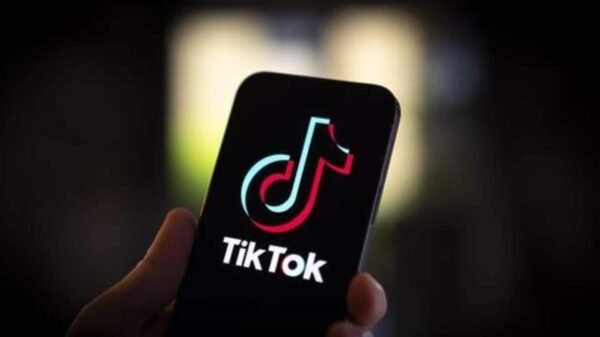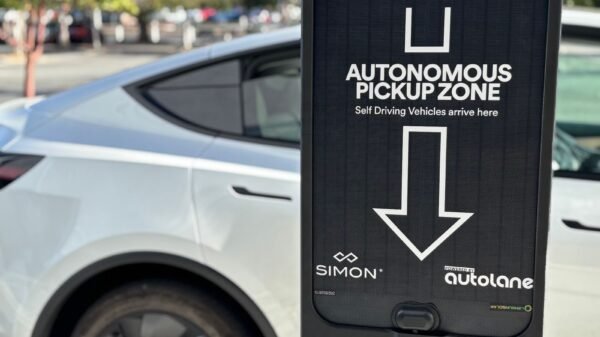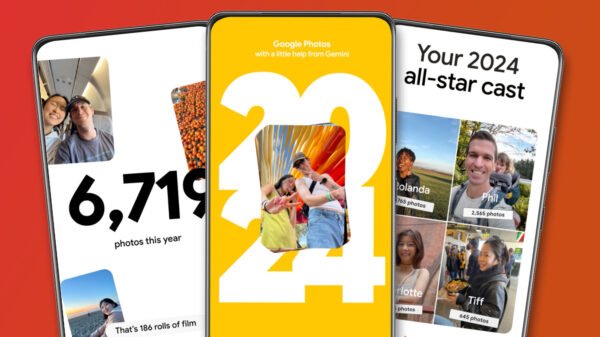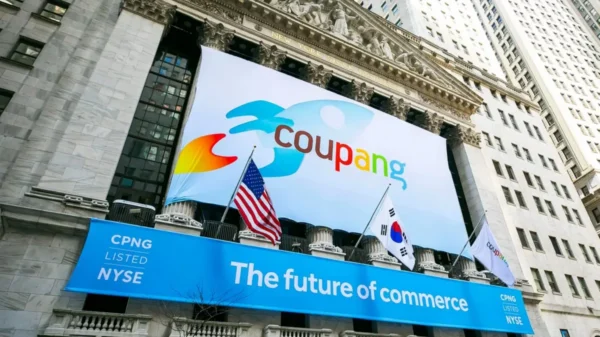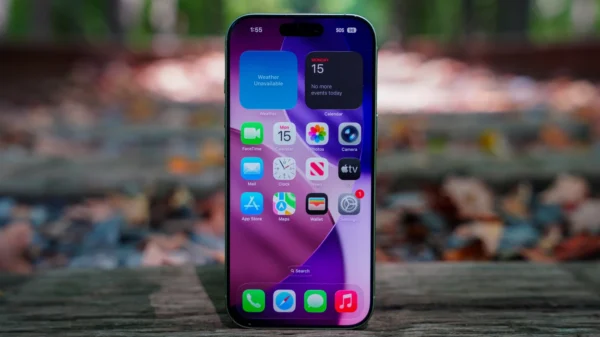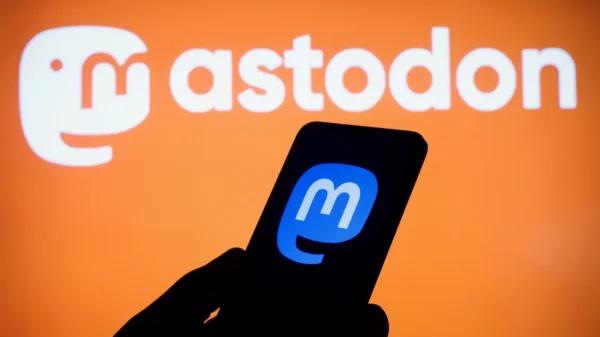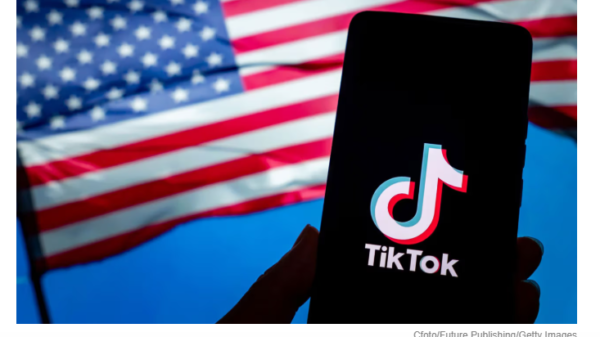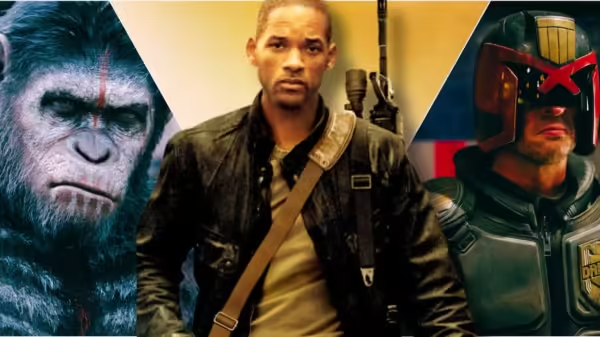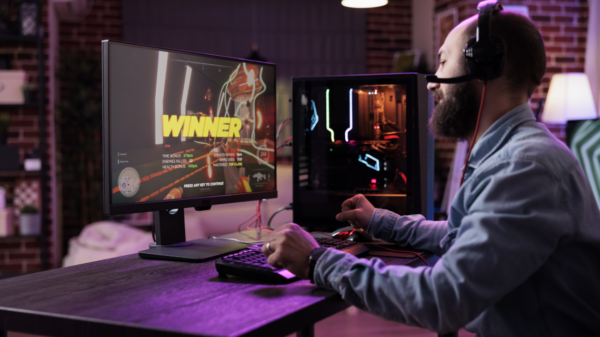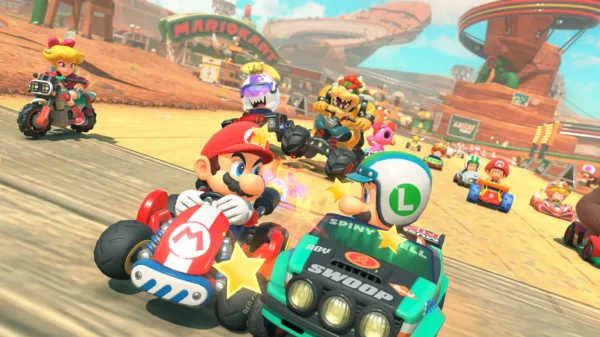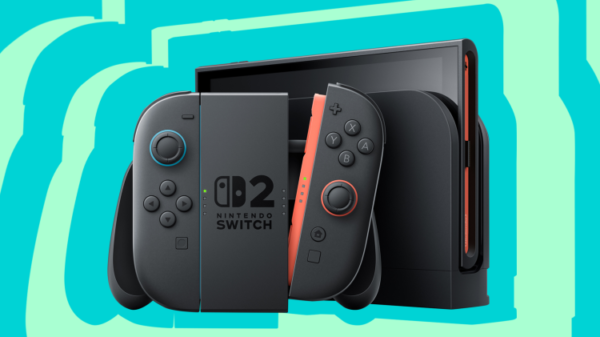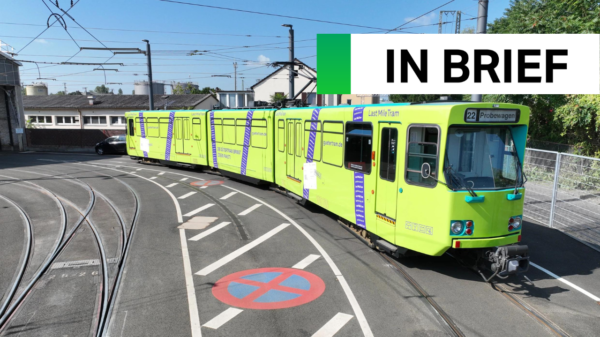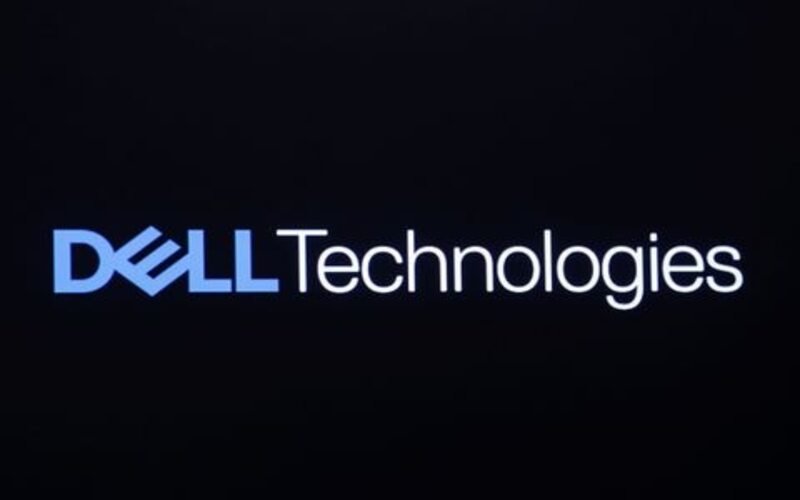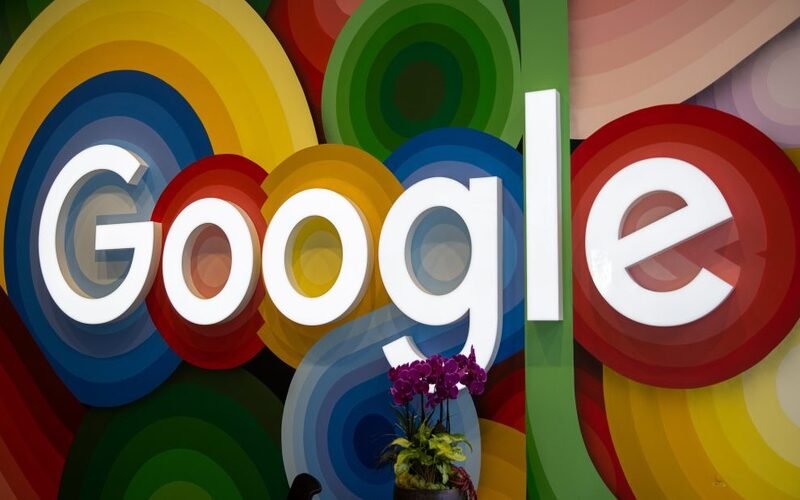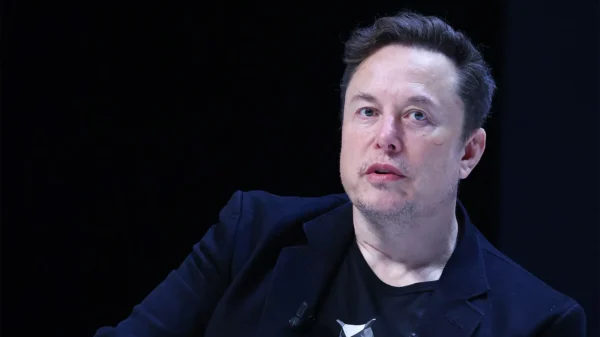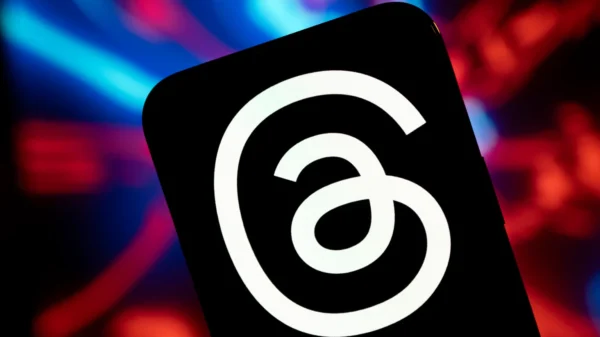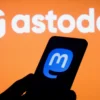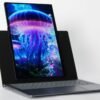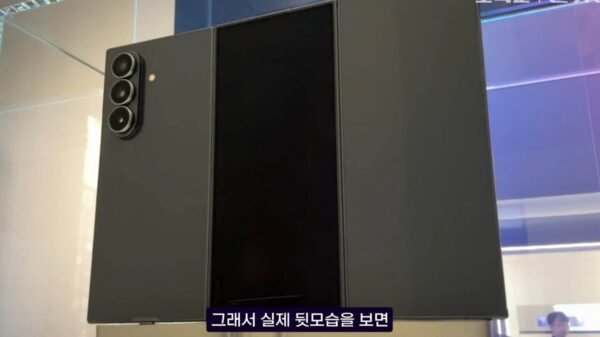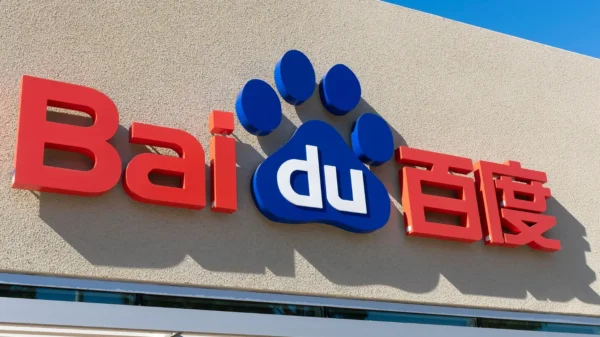Overview
Through the use of technology, virtual reality (VR) offers consumers an immersive experience that can either replicate or surpass real-world situations. Virtual reality (VR), which was first created for gaming and military uses, has quickly advanced and now has important uses in marketing and advertising. This technology advancement pushes the limits of conventional and digital marketing strategies by providing firms with novel means of interacting with customers.
The Development of Marketing and Advertising
Over the years, marketing and advertising have experienced substantial changes. The initial landscape was dominated by conventional techniques that mainly relied on one-way communication, such as print, radio, and TV advertising. Online marketing, which combines email campaigns, social media, and search engine optimization to reach a larger audience interactively, has become more popular since the advent of the digital revolution. Virtual reality (VR) presents itself as a new frontier as digital weariness sets in, providing a fresh approach to captivating audiences through brand experiences.
VR’s Impact on Advertising
Immersion-Based Activities
With VR, marketers can build completely immersive experiences that appeal to the user’s senses and increase the effect of their marketing message. Customers can now “live” the experience of an advertisement rather than just passively watching it; they can explore a product in three dimensions, stroll through a virtual store, or go on a simulated excursion that is consistent with the brand’s values. The message is more likely to be understood and retained when there is a stronger sensation of presence.
Increased Involvement
In marketing, engagement is crucial, and virtual reality (VR) greatly increases it by providing interactive features that traditional advertisements cannot. In a manner that still photos or videos cannot, users may engage with products in a virtual environment, investigate various aspects, and see how the product fits into their lives. Customers become more invested in the company and stay connected for longer because of this interaction.
Emotional Bonding
Because VR is so immersive, it facilitates the development of a deep emotional bond between the brand and the customer. Brands may leave a lasting impression by offering an emotionally charged virtual experience. By allowing prospective clients to virtually feel the tranquility of a destination, for instance, a travel agency might pique their interest and boost the possibility that they will make a reservation.
Individualization
VR marketing stands out for its potential to provide individualized experiences. Virtual environments can be customized by brands to suit individual interests, resulting in personalized interactions. To improve the overall consumer experience, personalization can take many forms, such as tailored virtual shop layouts or product recommendations based on past interactions.
The applications of VR and AR in marketing
There are a number of ways in which VR and AR can be used in marketing. Some of the most popular applications of VR and AR in marketing include:
- Product demonstrations and trials
- Event marketing and branding
- Location-based marketing
- Advertising and brand experiences
The potential of VR and AR in marketing
VR and AR offer a number of potential benefits for marketing. Some of the most significant potential benefits of VR and AR in marketing include:
- Increased engagement – VR and AR can make marketing experiences more engaging and immersive, which can lead to more sales
- Greater customer satisfaction – VR and AR can allow customers to trial products before they buy, ensuring that they are happy with their purchase.
- Increased customer loyalty – VR and AR can create loyalty-building experiences that keep customers coming back for more.
- Increased ROI – VR and AR can be used to create high-impact, cost-effective marketing experiences.
The limitations of VR and AR in marketing
Despite the potential benefits of VR and AR in marketing, there are a number of limitations that need to be considered. These limitations include:
- The cost of VR and AR technology – VR and AR technology can be costly to develop and implement.
- The need for specialist skills – VR and AR require specialist skills and knowledge to create and execute successfully.
- The risk of customer alienation – VR and AR experiences can be so immersive that they risk alienating customers who are not interested in the technology.
The future of VR and AR in marketing
VR and AR are still in their early stages, but they are already having a major impact in marketing. In the future, VR and AR are likely to become even more commonplace in marketing, as businesses look to create ever more immersive and engaging experiences for their customers.
Ways Virtual Reality Will Impact The Future Of Advertising
Virtual reality is not a new technology, but it has steadily gained momentum over the last few years. The size of the VR market is expected to grow exponentially by 2024, and recent advances in the world of gaming have helped it make its way into more people’s homes.
However, fun and games aren’t all that VR offers. Advertisers, for instance, have recognized VR’s unique potential to facilitate immersive experiences. With the right marketing push, a company can use it to connect with consumers on even deeper levels.
1. Virtual ‘Experiencing’ Of Products
We all see the enhancements to interactivity in advertising, the same way the internet allows consumers to interact directly with favorite products and brands through web apps and social posting. The ways VR headsets and controllers simulate interactions in the real world (i.e., grabbing objects, walking, etc.) will offer something tactile with the power of the internet: virtually “experiencing” products.
2. Higher Conversion Rates Driven By Video
Interactive VR advertisements that allow customers to engage with different products or destinations would create a higher conversion rate. Imagine being served a hotel advertisement from the Maldives, where you feel as if you are actually at the resort on vacation, versus seeing a static picture. Video ads now perform better than images; VR will be the next natural step.
3. Improved Customer Experience And Service
VR creates an opportunity for enhanced experiences in advertising and can reduce the barriers businesses face in persuading prospective customers to use their product or service. While VR is more suited to certain subject matters, such as retail, as it allows customers to see products at their real size and scale, VR also offers opportunities to customer services, such as Cadillac creating virtual dealerships.
4. Multiple Mobile Marketing Applications
VR will be applied to all aspects of mobile marketing. As more brands are getting in front of younger generations on social media platforms that support augmented reality, they’ll want to drive engagement and impressions in many different contexts. AR will be the one that sticks the longest and is most memorable.
5. A Substitute For In-Person Interactions
Covid-19 will change travel and trade shows, making VR an important substitute for previously in-person interactions. In addition to helping to cut down on costs (shipping, travel and otherwise), it can positively shape customers’ perceptions of your organization as forward-thinking, green-conscious and tech-savvy.
6. More In-Game Or In-App Advertising
A lot more in-game or in-app will be see in advertising. The larger area that I believe will expand for advertising is AR, where consumers wear glasses or headsets that allow them to have a digital overlay on the real world. There are countless opportunities for companies with physical locations to become part of the experience with paid advertising.
Important VR Promotional Techniques
Virtual Try-Ons and Showrooms
Virtual try-ons and showrooms have completely changed the retail industry. Customers may virtually put on makeup or picture furnishings in their houses thanks to brands like L’Oréal and IKEA. This guarantees that clients are happy with their selections prior to completing a purchase, which not only improves the shopping experience but also lowers return rates.
VR Product Previews
Virtual reality product demos provide customers with an in-depth, interactive means of comprehending the characteristics and advantages of a product. Businesses such as Audi use virtual reality (VR) to present their vehicles. This makes it far more interesting for prospective customers to explore the interiors, experience various driving situations, and learn about the characteristics of the automobile than a brochure or website.
Personalized Narration
Virtual reality (VR) elevates storytelling as a potent marketing tool by drawing the viewer into the story. Companies have the ability to tell gripping tales that consumers can actually experience, increasing the story’s impact. For example, The North Face employs virtual reality (VR) to take users on virtual trips that highlight the robustness and functionality of their equipment in harsh environments.
VR-Powered Exhibitions and Events
Trade exhibitions and virtual gatherings have grown in popularity, particularly after major world catastrophes like the COVID-19 epidemic. With virtual reality events, marketers can reach a worldwide audience without the logistical difficulties associated with live events. From the comfort of their homes, attendees can network, engage with virtual booths, and watch presentations.
Case Studies
Virtual Reality Showroom at IKEA
Customers can use the furnishings from the brand to design their spaces in IKEA’s virtual reality showroom. In a virtual room, users can arrange furniture, alter the color and style of the space, and even see it in various lighting scenarios. Customers’ relationship with the brand is strengthened and their ability to make educated selections is aided by this interactive experience.
The VR Experience by Audi
Audi has used virtual reality (VR) to offer prospective customers a virtual test drive. Users can interact with numerous elements, explore the interior of the car, and drive in various environments. Increased enthusiasm and interest in the car are created by this immersive experience, which may result in higher sales.
VR Expeditions by The North Face
The North Face showcases its products in action by taking customers on virtual trips through virtual reality. The brand successfully illustrates the robustness and functionality of its equipment by submerging clients in harsh outdoor settings. This builds a powerful emotional bond and increases brand loyalty.
Obstacles and Restrictions
Expensive Prices
The expensive expense of producing high-quality VR experiences and content is one of the main obstacles to using VR in marketing. The cost of creating virtual reality settings and keeping up the required gear can prevent smaller enterprises from participating.
Barriers Associated with Technology
VR technology still faces a number of obstacles despite its achievements, such as the requirement for high-speed internet, software compatibility problems, and hardware constraints. These elements may make it more difficult for VR marketing to become widely used.
Customer Friendliness
Virtual reality marketing initiatives may have a limited audience because not all customers have access to VR equipment. Even if the cost of technology is coming down, a sizable section of the population still lacks the equipment needed to engage in virtual reality experiences.
Difficulties in Content Creation
Producing captivating and superior VR content is a difficult task that calls for certain knowledge and equipment. This may be a challenge for companies wishing to enter the VR market because successful VR content needs to be both aesthetically pleasing and useful.
Prospects for VR Marketing in the Future
Combining AI with Big Data
Integration with AI and big data is where VR marketing is headed. Big data may assist in comprehending patterns and preferences to better adapt marketing efforts, while AI can monitor customer behavior within VR settings to deliver personalized experiences.
Progress in Virtual Reality Hardware and Software
As VR gear and software continue to progress, the technology will become more widely available and reasonably priced. Enhancements in graphics quality, immersive surroundings, and intuitive user interfaces will augment the efficacy of virtual reality marketing initiatives.
VR in Marketing for Social Media
Brands will have more chances to interact with customers as social media platforms start incorporating VR features. Shareable VR experiences on social media can boost exposure and interaction while offering distinctive content that sticks out in the competitive digital market.
VR Experiences Across Platforms
It is probable that cross-platform experiences that enable users to interact with VR content on several devices—from smartphones and tablets to VR headsets—will be developed in the future of VR marketing. This will make VR marketing initiatives more accessible and guarantee a larger audience.
In summary
Through immersive, captivating, and customized experiences, virtual reality is transforming the marketing and advertising sectors. VR is an interesting medium for marketers to explore, despite obstacles like high expenses and technological difficulties. Virtual reality (VR) will become more and more important in determining the direction of marketing as technology develops and becomes more widely available.
VR FAQs for Marketing and Advertising
1. VR marketing: what is it?
VR marketing is the process of giving customers immersive, engaging experiences through the use of virtual reality technology. These experiences can include immersive storytelling, virtual events, and virtual showrooms and product demos.
2. How does virtual reality improve client interaction?
Virtual reality (VR) captivates the senses of the user and improves customer engagement by offering immersive and engaging experiences. Longer engagement periods, a stronger emotional bond, and a more memorable brand experience result from this.
3. Which sectors gain the most from VR marketing?
VR marketing has a big impact on the tourism, real estate, retail, automobile, and entertainment industries. Virtual reality (VR) can be used by these industries to offer interactive entertainment, virtual property tours, immersive travel experiences, and virtual try-ons.
4. What are the expenses related to virtual reality marketing?
Depending on the intricacy of the VR experience, the caliber of the material, and the hardware needed, VR marketing expenses might differ significantly. Because high-quality VR advertisements require specific knowledge, tools, and software, they can be costly.
Key Takeaways
- Virtual reality (VR) offers immersive, engaging experiences that improve consumer engagement and foster strong emotional bonds with brands.
- Product demos, immersive storytelling, virtual showrooms, and VR-based events are important VR marketing techniques.
- With developments in AI, technology, and social media integration, VR marketing appears to have a bright future, despite obstacles like high costs and technological limitations.
- VR has the potential to revolutionize a number of sectors by offering distinctive marketing options that are unmatched by conventional and digital approaches.
Brands can stay ahead of the curve and provide consumers with engaging and loyal experiences by embracing virtual reality. Virtual reality has a significant impact on marketing and advertising, pointing to a time when immersive technology will be crucial to interactions between brands and consumers.

